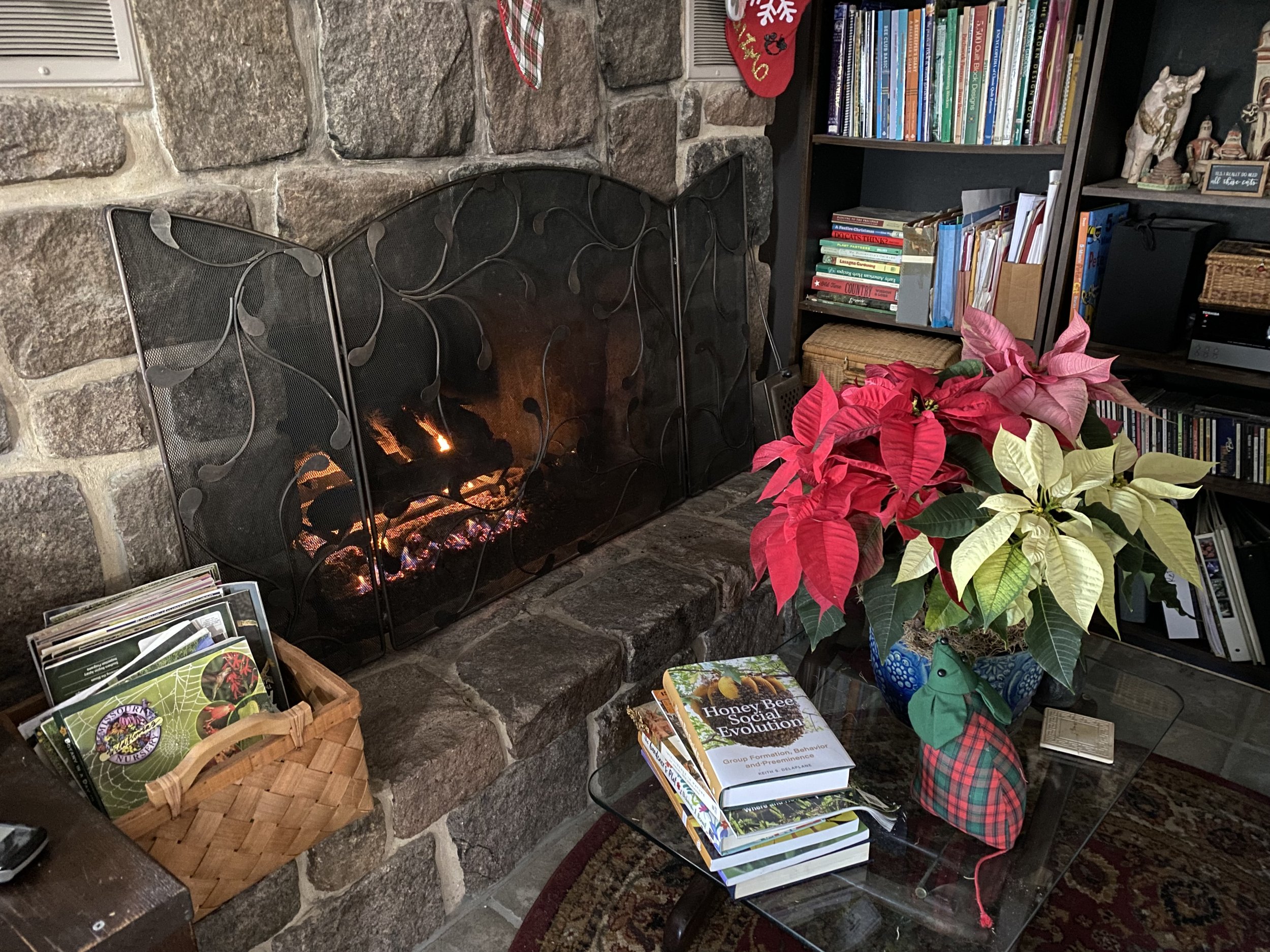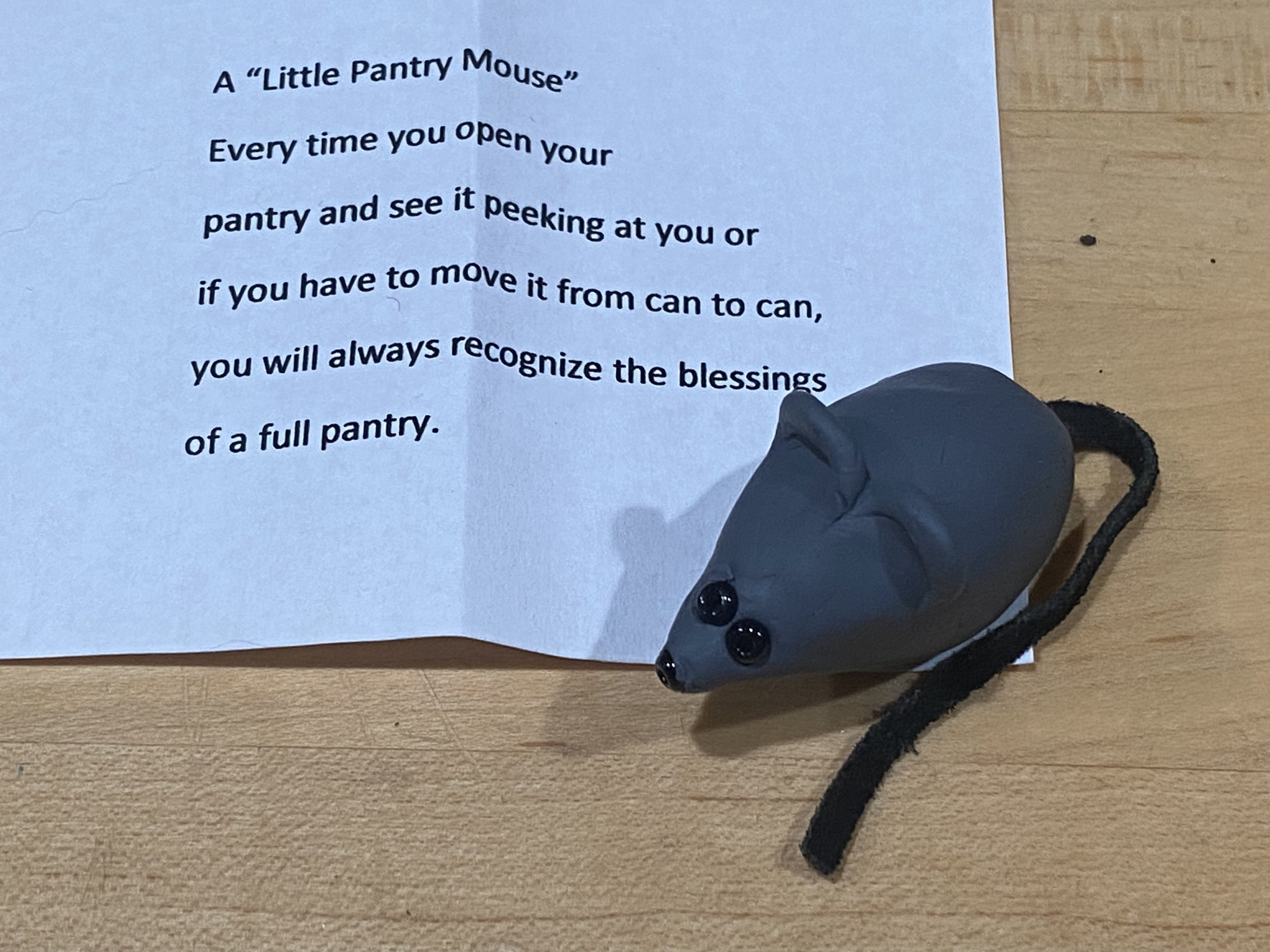Cut Flower Amaryllis
/This one cut Amaryllis stem makes a dramatic focal point in any room. (Photo by Charlotte Ekker Wiggins)
Cut Flower Amaryllis
We’re heading into the tail end of winter but it’s still cold and dreary where I live. So I look forward to brightening up my rooms with something I can grow inside myself , Amaryllis bulb cut flowers.
These tropical bulbs are usually available around the holiday season so I wait for the sales to add to my collection. These can be grown by themselves in a pot, or mixed in with other greens in pots you may have brought inside to spend winter where it’s warm.
The same guidance applies wether you are growing Amaryllis by themselves or in pots with other plants. The bulbs have to sit above the soil, may need to be staked as the flower stems rapidly grow, and the leaves need to grow to collect energy for the next blooms.
More Amaryllis getting ready to bloom and extend the blooming season. (Photo by Charlotte Ekker Wiggins)
One of the things I enjoy about Amaryllis bulb flowers is that one stem can make quite a statement.
Depending on how healthy the original bulb is, and how much energy the bulb has stored, one Amaryllis bulb stem can produce 4 distinct flowers. The cut Amaryllis flowers in my home last about 2 weeks. I keep my temperature around 68-70F. The cut flowers in warmer environments may not last as long.
Since the Amaryllis bulbs grow at different speeds, you can then have new flowers to replace the spent ones, extending the time you have to enjoy fresh cut flowers.
Once finished blooming, just keep watering and allow the leaves to grow. The leaves will collect sunshine and turn that into energy stored in the bulbs. After the leaves die back, give the bulbs a 2 month resting period, repot and then you will once again have lovely dramatic flowers.
My oldest Amaryllis bulbs are now more than 10 years old. I try to keep the same colors in the same pots because they are quite dramatic when they all bloom together.
It’s going to be a few more months before we have garden flowers to cut. Well, by the calendar spring is only a month away but heavy rains can quickly delay spring flowers. Amaryllis bulbs provide that pop of fresh flowers at a time when I, at least, need it most!
Charlotte
















